Optimal Timing for Waterproofing Projects
Waterproofing is essential for protecting structures from water intrusion and damage. Proper timing ensures the longevity and effectiveness of waterproofing systems, reducing future repair costs and structural issues.
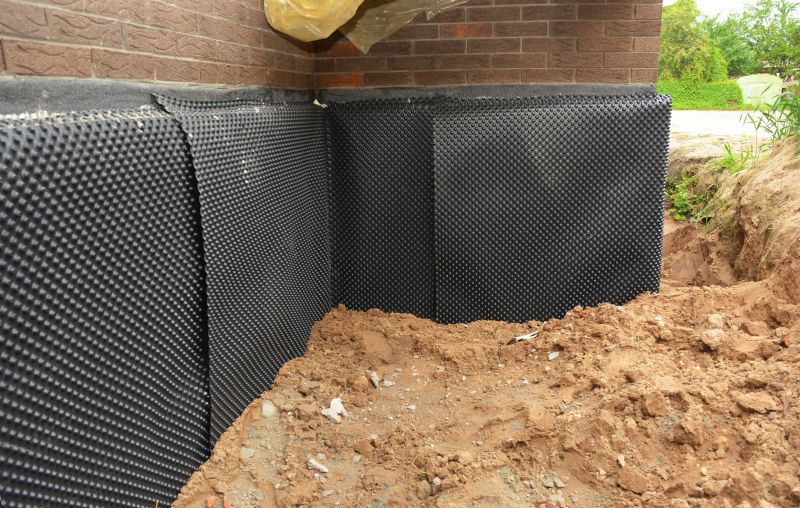
Spring offers moderate temperatures and lower humidity, ideal for effective waterproofing application.
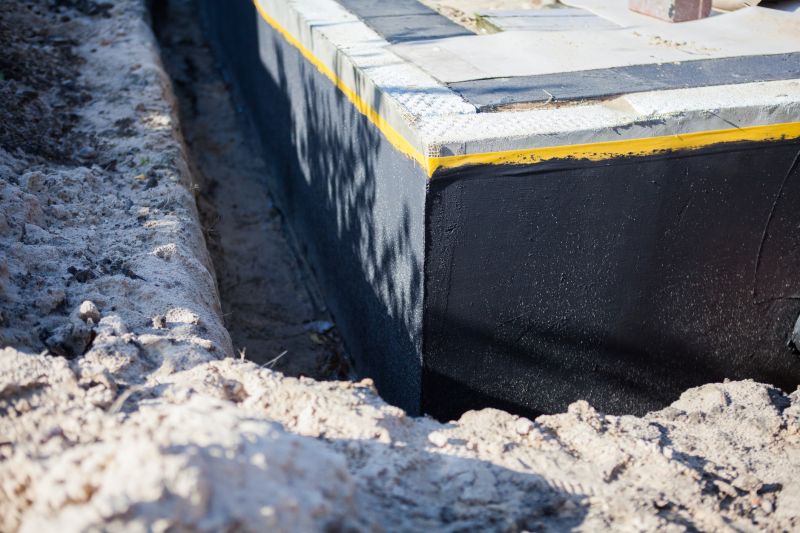
Summer's warmth can accelerate curing times, but high humidity and rain can hinder proper application.
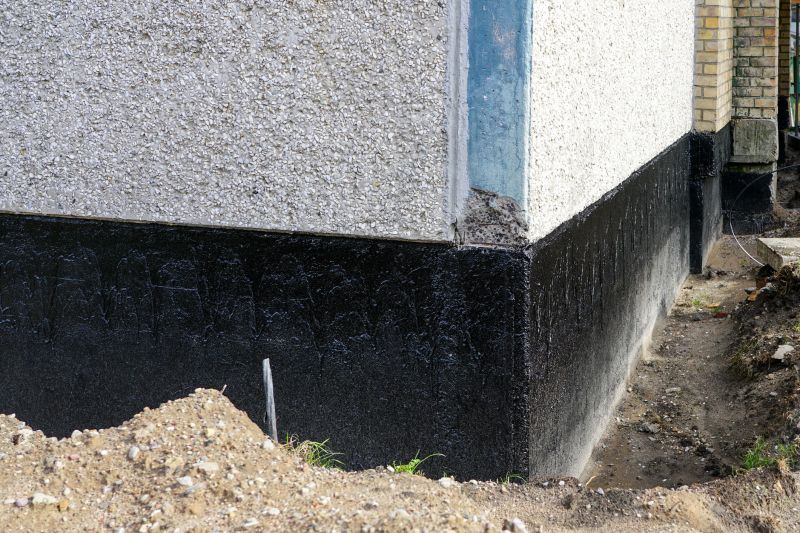
Fall provides cooler weather and less precipitation, making it suitable for waterproofing before winter.
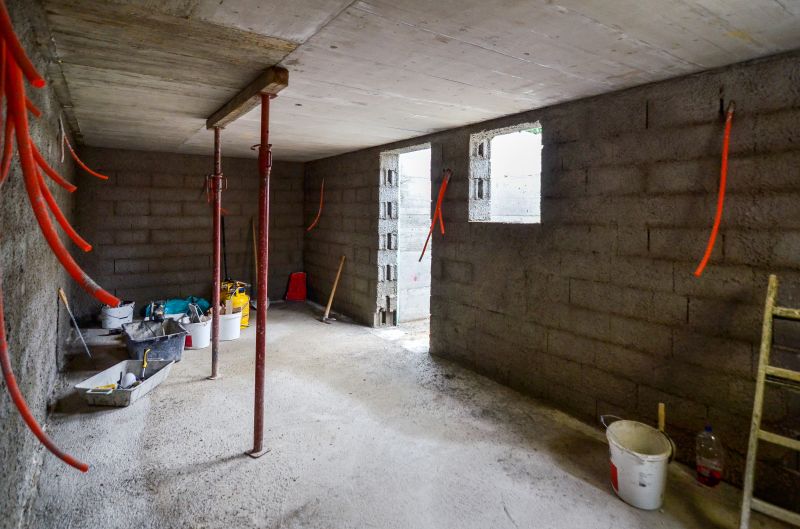
Ways to make Waterproofings work in tight or awkward layouts.

Popular materials for Waterproofings and why they hold up over time.
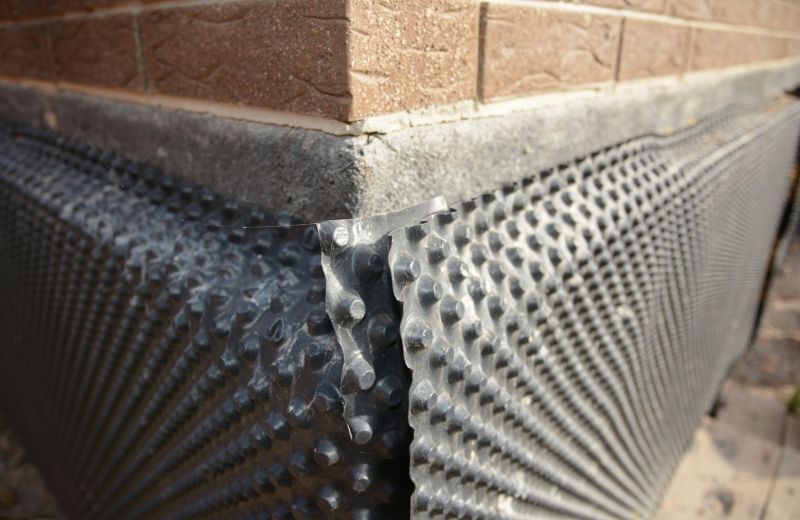
Simple add-ons that improve Waterproofings without blowing the budget.

High-end options that actually feel worth it for Waterproofings.
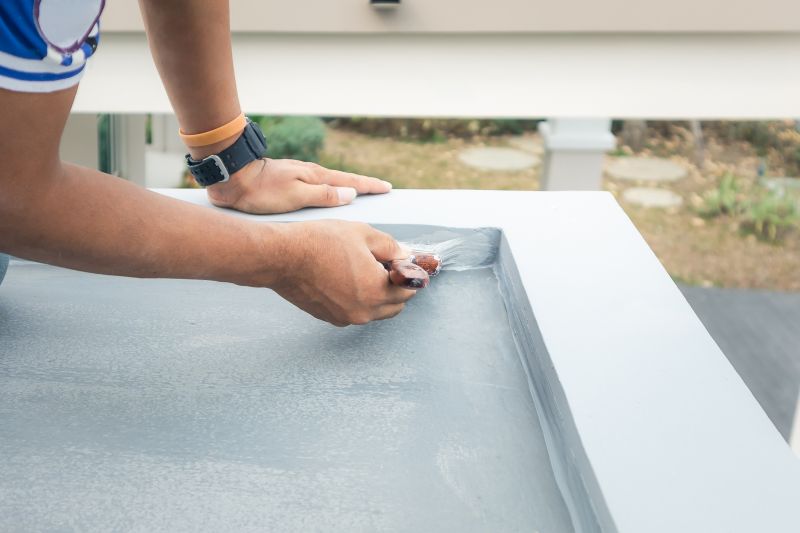
Finishes and colors that play nicely with Waterproofings.
Dry, mild weather with low humidity is best for waterproofing to ensure proper adhesion and curing.
Waterproofing should be avoided during rainy or humid periods to prevent compromised application.
Applying waterproofing before freezing temperatures helps prevent water penetration during winter.
Ideal temperatures range between 50°F and 85°F for most waterproofing products to cure properly.
Waterproofings involve the application of specialized materials designed to prevent water infiltration into structures. These systems are critical in protecting foundations, roofs, basements, and other vulnerable areas. Properly timed waterproofing projects can extend the lifespan of a building and reduce the need for costly repairs. Statistics indicate that well-executed waterproofing can prevent up to 80 percent of water-related damages, saving property owners significant expenses over time.
The effectiveness of waterproofing depends heavily on environmental conditions during application. Dry and warm conditions facilitate better adhesion and curing of waterproofing materials. Conversely, wet or cold weather can compromise the integrity of the waterproofing layer, leading to potential failures and water intrusion. Therefore, understanding seasonal weather patterns and selecting optimal times for application are crucial steps in waterproofing projects.

Application of waterproofing membranes on a building's foundation.

Surface cleaning and drying before applying waterproofing materials.
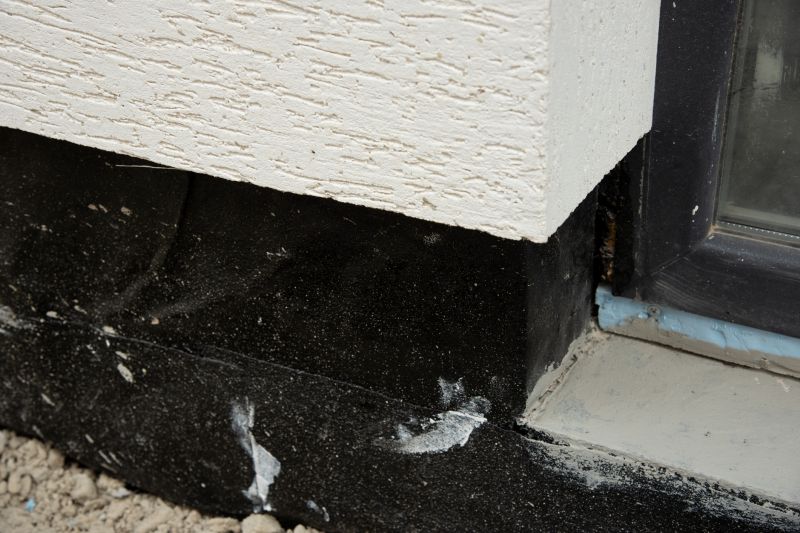
Completed waterproofing system on a basement wall.

Scheduling projects around favorable weather conditions.

Applying sealants to enhance waterproofing durability.
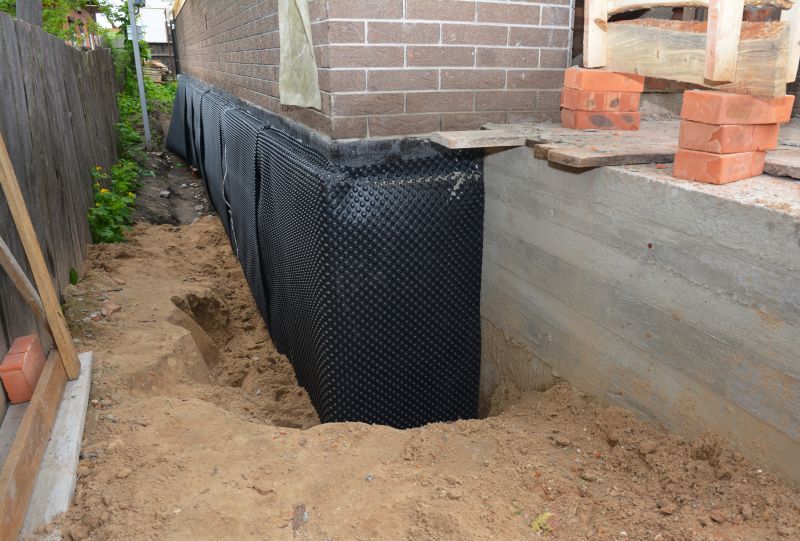
Regular checks ensure waterproofing remains effective over time.
| Season | Ideal Conditions |
|---|---|
| Spring | Moderate temperatures, low humidity, dry days |
| Summer | Warm temperatures, but watch for high humidity and rain |
| Fall | Cooler temperatures, minimal precipitation |
| Winter | Cold temperatures, generally unsuitable for application |
Choosing the right time for waterproofing involves considering local climate patterns and upcoming weather forecasts. Proper planning ensures materials cure correctly and adhere securely, providing long-term protection. Delaying or rushing projects outside optimal conditions can result in inadequate waterproofing, leading to water damage and structural issues.
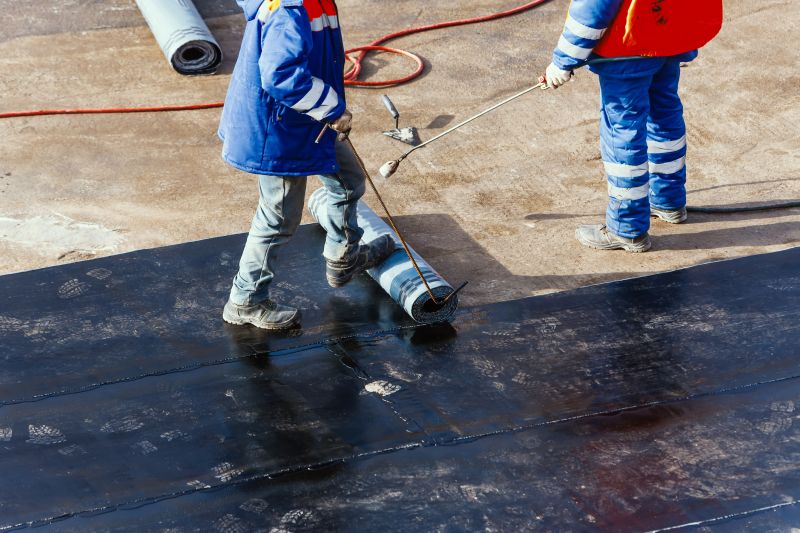
Tools and materials used in waterproofing application.
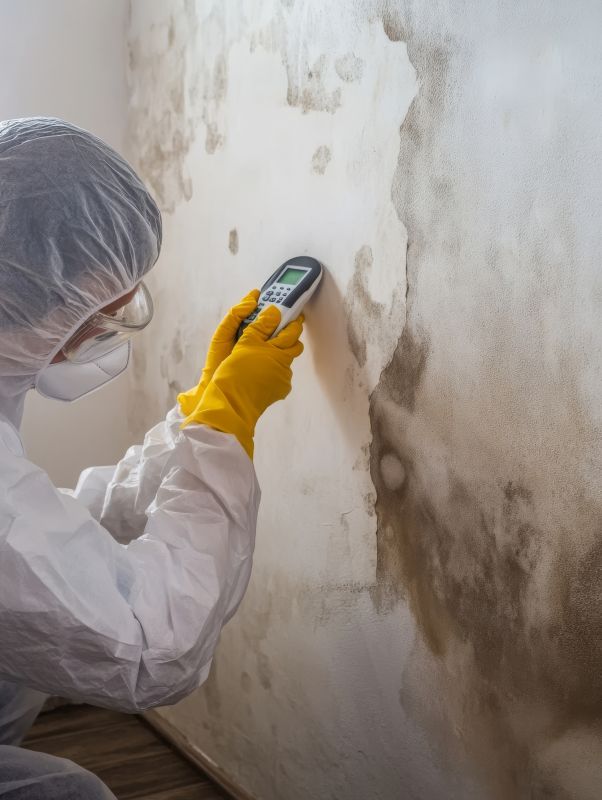
Assessing weather conditions before scheduling waterproofing.
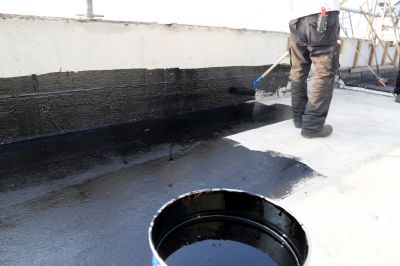
Proper methods for applying waterproof membranes.
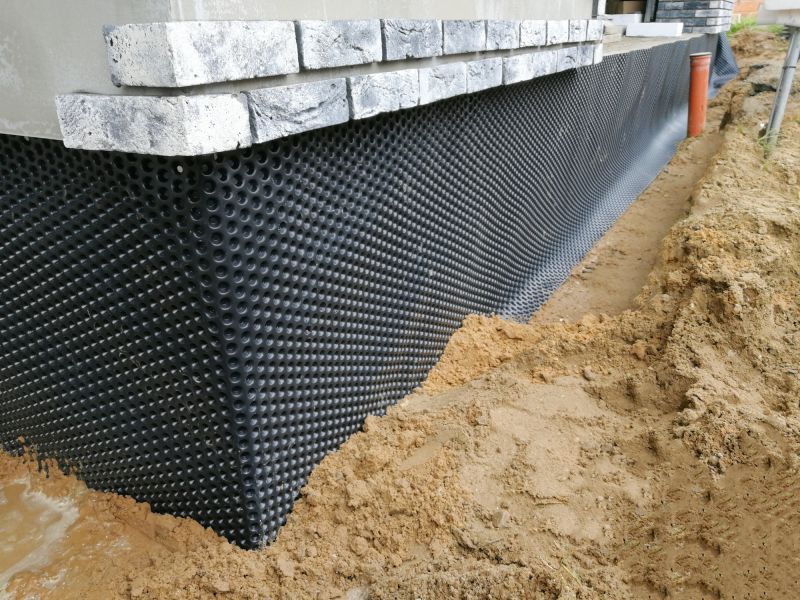
Final look of a properly applied waterproofing layer.
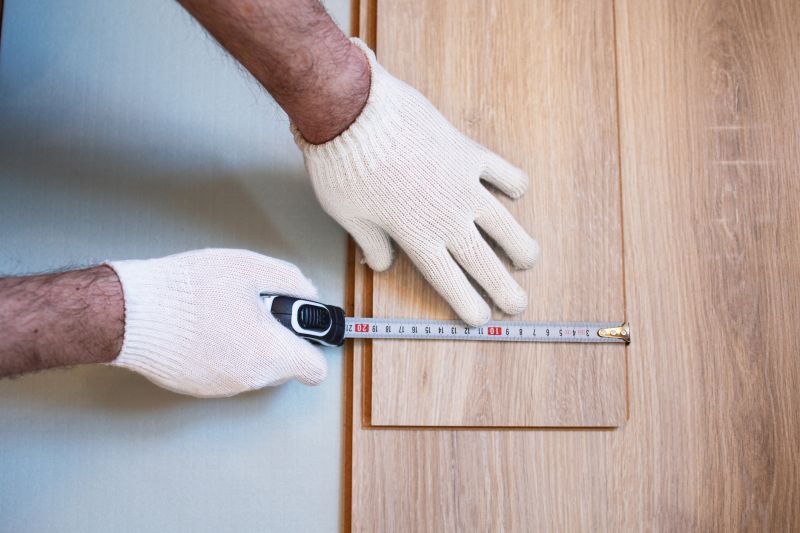
Little measurements that prevent headaches on Waterproofings day.
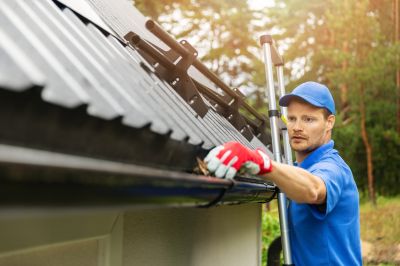
A 60-second routine that keeps Waterproofings looking new.
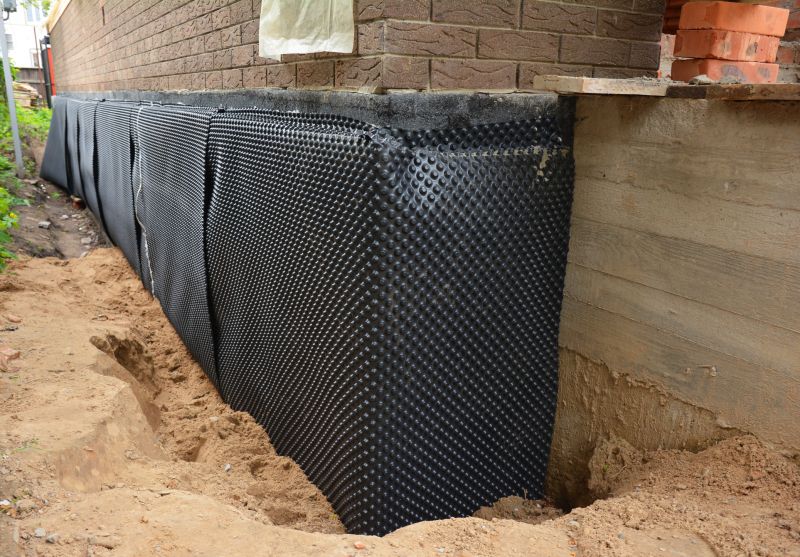
A frequent mistake in Waterproofings and how to dodge it.
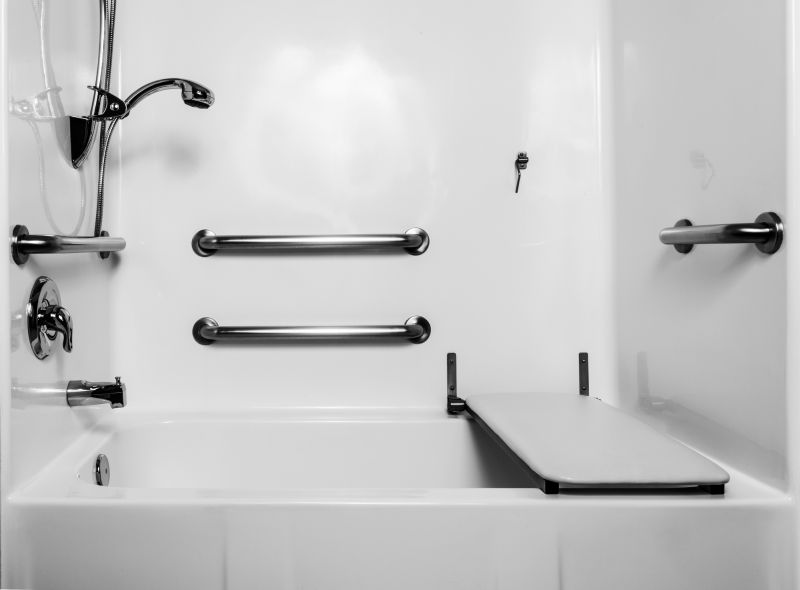
Small tweaks to make Waterproofings safer and easier to use.
Interested in waterproofing services? Filling out the contact form provides an opportunity to discuss project needs and schedule work during optimal conditions for maximum effectiveness.

